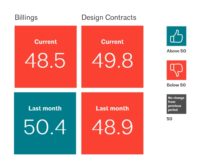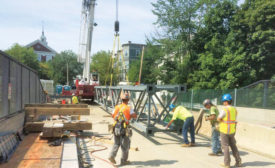Home » Keywords: » costs
Items Tagged with 'costs'
ARTICLES
Contractors must navigate persisting difficulties
Read More
Infrastructure Funding
Cash-Strapped PennDOT Receives Short-Term Funding Fix
Projects already under way are funded through February
Read More
Intentional Breach Might Not Submarine Massachusetts' Construction Contracts
Commonwealth's high court rules on delayed Western Mass. broadband project
Read More
Why Massachusetts Agencies Hit Pause Button on Green Line Extension
Massachusetts transportation officials confront ‘cost growth’ as terminated contractor hopes for future role on the project
Read More
The latest news and information
#1 Source for Construction News, Data, Rankings, Analysis, and Commentary
JOIN ENR UNLIMITEDCopyright ©2024. All Rights Reserved BNP Media.
Design, CMS, Hosting & Web Development :: ePublishing
.jpg?height=168&t=1640194228&width=275)















